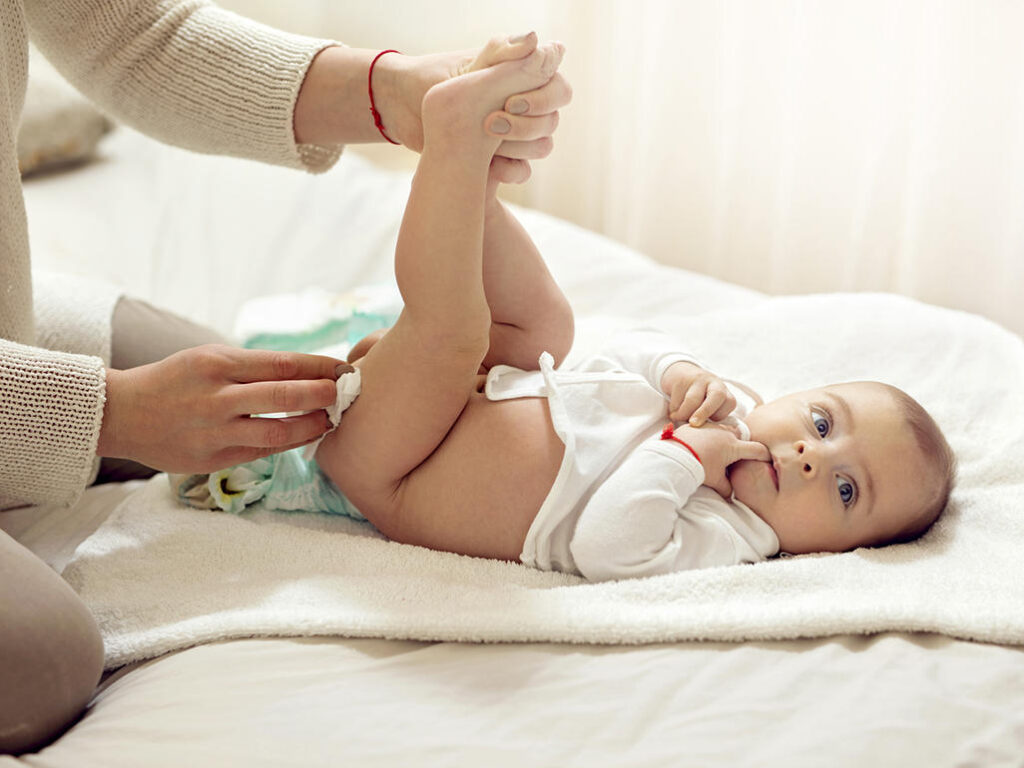
The simplest way to have a happy baby is to keep your stomach full, get enough sleep, and keep your belly clean. Having a clean belly means you have to learn when and how to properly clean your baby. Many parents assume feeding the baby well is all it takes to have a healthy baby, but unknown to you, maintaining proper hygiene is as important as feeding and sleeping well.
It’s important to take proper care of your infant’s bosom, as it’s one of the most delicate parts of their tiny, growing body, and babies get easily irritated from dampness and contact with urine and stools. Normally, diaper changes should happen about six to eight times daily to relieve the baby from rashes, and that doesn’t come easy. You do not simply take off a soiled diaper and put on another; the baby’s vulnerable skin needs some tender care during every change.
At Elimuzazi, we value you and your young ones; hence, we request to walk this beautiful journey with you as we guide you on how to tackle every hill you meet along the way. Therefore, let’s talk about diaper changes and cleaning the baby’s bosom.
- Change the baby’s diaper every 2 to 3 hours of use. In other words, you need to monitor the baby and change the diaper as soon as it gets damp or after every bowel movement.
- Before changing the diaper, assemble everything you’ll need in advance and keep it either on or next to the changing station. (There are specially cut-out changing tables and stations used in diaper changes, but just in case you have none, change the baby on the bath station or on a Mackintosh laid on the bed.)
- Choose the appropriate diaper depending on the age and size of your baby. Tight diapers may cause friction, while too-large diapers will not fit or control leaks.
- When ready, place the baby on the changing table covered in a clean bath towel, slowly open up the soiled diaper, and gently clean the baby’s bosom from the front all the way to the back. At the back, pull out the diaper, fold it, and dispose of it.
- After removing the diaper, repeat the cleaning process from front to back to avoid spreading impunities. For a baby girl, clean from the vulva (the outer folds of the lips and then the middle) towards the buttocks, while for a baby boy, clean the penis, the scrotum and surrounding area, and finally the buttocks. After which, you should pat the baby dry to prevent any maceration.
- For cleaning, use either wet baby wipes or damp cotton wool with no-rinse cleansing fluid or cleansing lotion. Alternatively, you can also use a cleansing gel or emollient soap and rinse with warm water. When done, apply diaper cream to keep the baby moisturized.
- If the baby’s bottom is red, it could be from too much irritation and burn; apply some zinc oxide-containing protective cream or talc.
- Tear open the clean diaper and place the baby right in the center to keep the tabs well leveled with the navel. In the case of a baby boy, make sure his penis is positioned downward to prevent leaks.
In response to your question, we at Elimuzazi have this to say: you don’t have to always use wet wipes to clean your baby’s belly. There are alternatives, as mentioned above, and just so you know, you can choose to bathe your baby as well.
On a normal day, your diaper changing prep should consist of diapers, wet wipes or cotton pads, cleansing products, diaper cream or moisturizer, and in some cases, warm bath water. Mind your infant’s skin by observing this guide.
